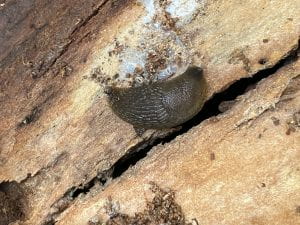Protein Synthesis Post : A & P 12
Transcription:
This process takes place in the nucleus of the cell.
- DNA unwinds/unzips because of the RNA polymerase
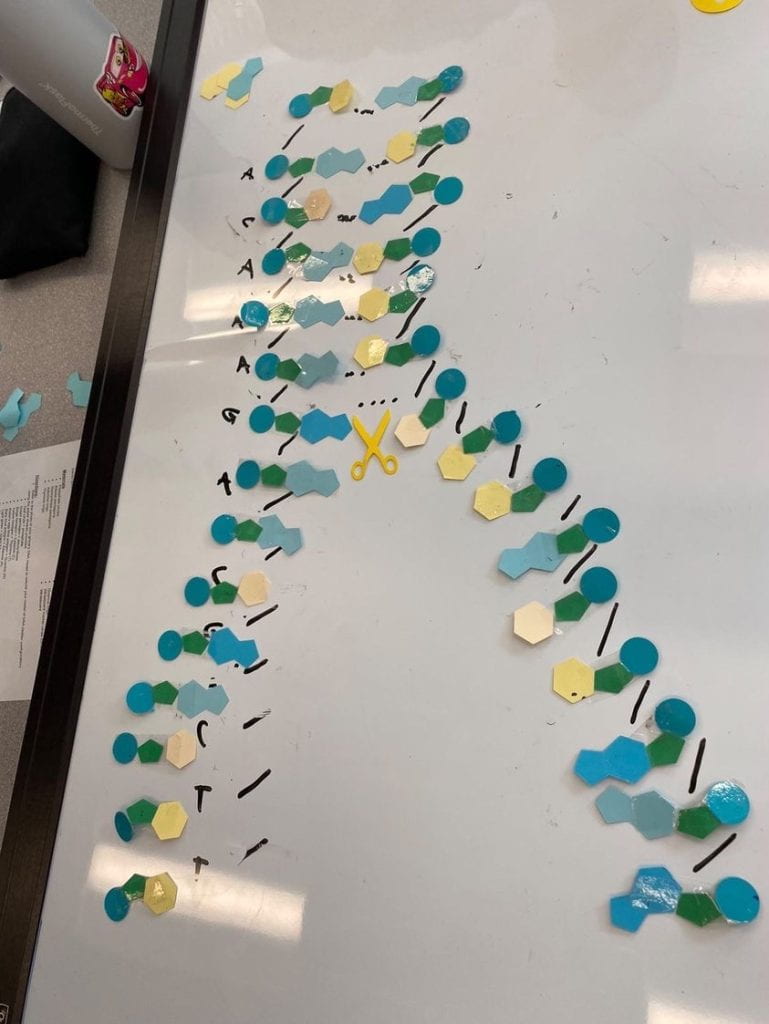
- The RNA polymerase connects the complimentary RNA bases to the DNA. DNA is like the template strand so that the mRNA can be created. RNA bases covalently bond together to make one single strand of mRNA
** instead of thymine RNA uses the base uracil**
** the m in mRNA stands for messenger
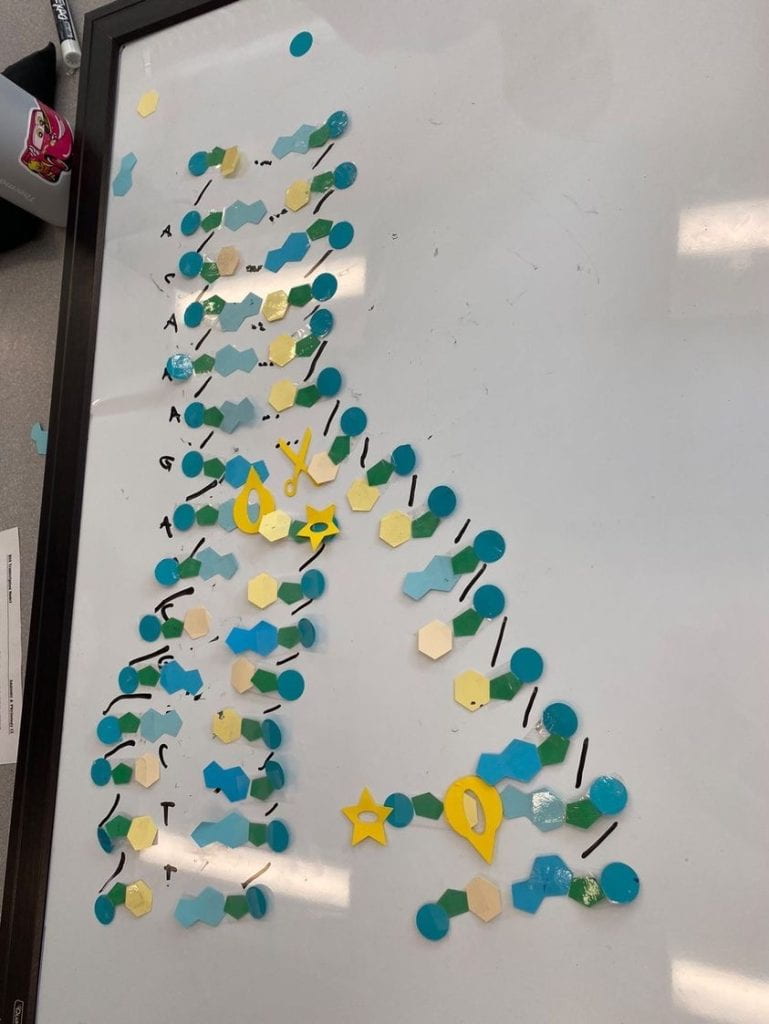
3. When the mRNA is not connected to the DNA anymore the DNA reforms its double helix (rewinds). The mRNA edits this single strand before leaving the nucleus.
mRNA then heads to the cytoplasm to attach itself to a ribosome. The ribosomes are made out of rRNA. From this point on protein synthesis continues in its regular order.
Translation:
- The ribosome reads the information that the mRNA has made from the DNA copying process. ** all of this is happening from inside thee cytoplasm**

- Initiation: once the mRNA is read by the ribosome it is ready to direct the tRNA. tRNA can take different amino acids and know which one to bring to thee ribosome. the tRNA is able to tell because it reads the mRNAs information using its anti-codon.
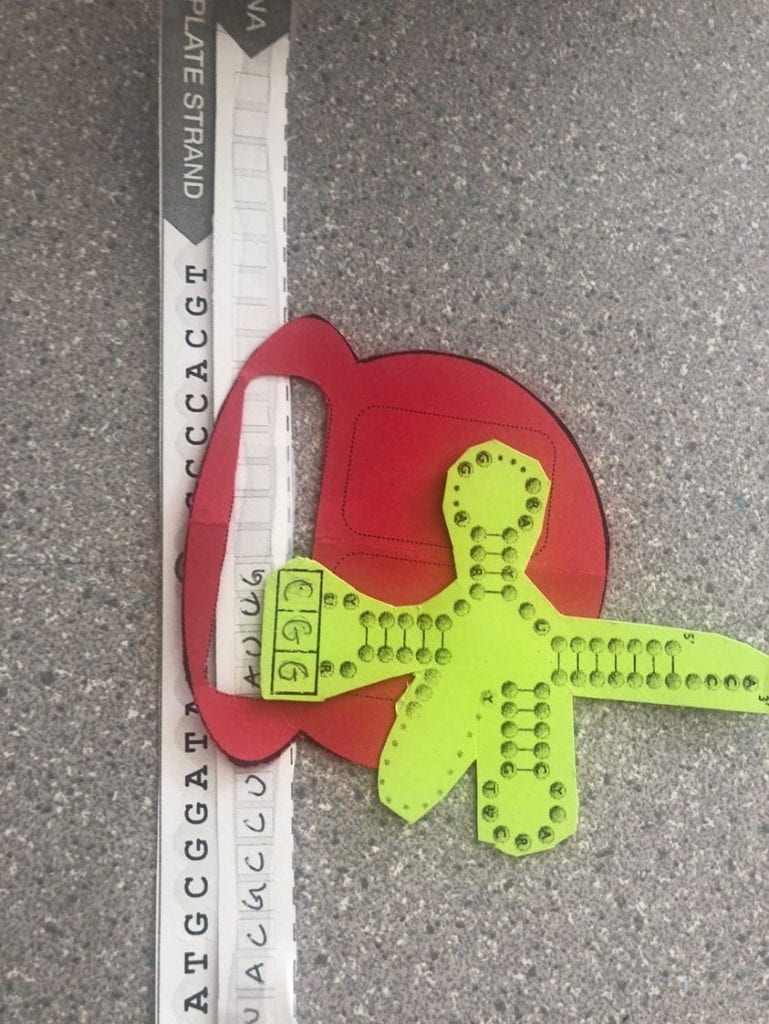
- elongation: the mRNA is read one codon at a time by the tRNA, and the amino acid matching each codon is added to a directed protein chain. this protein is held together with peptide bonds
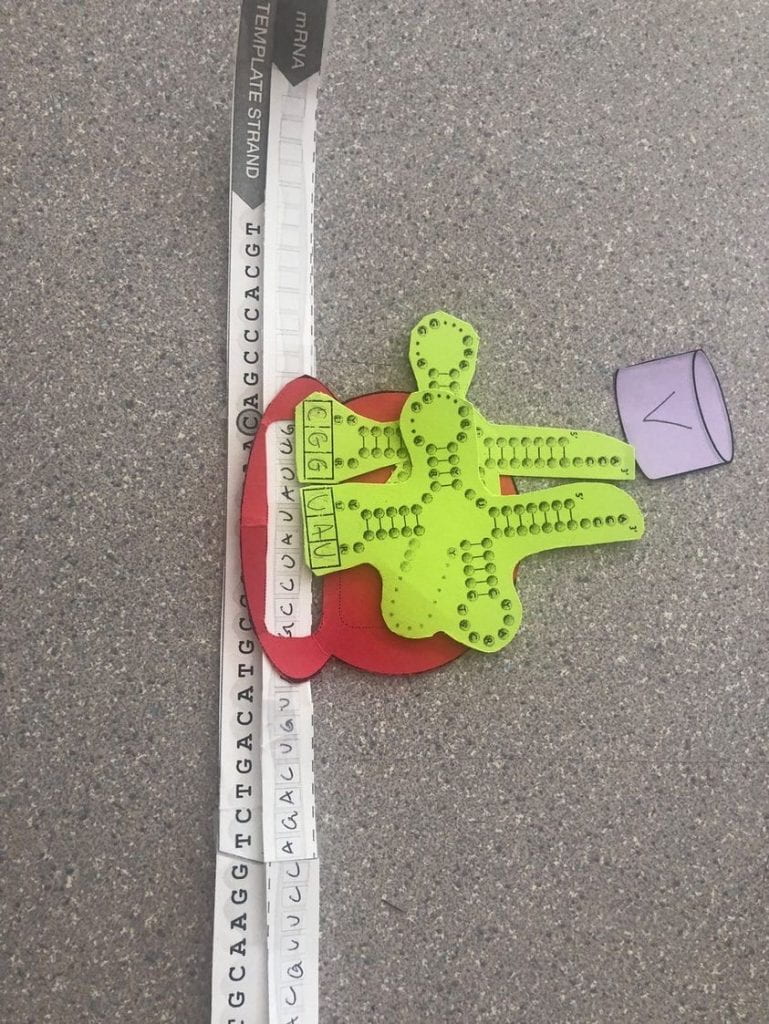
- termination: Termination is the last step in translation. it happens when the tRNA reads a stop codon in the mRNA (UAA, UAG, or UGA). this codon means the creation of the protein is complete.


